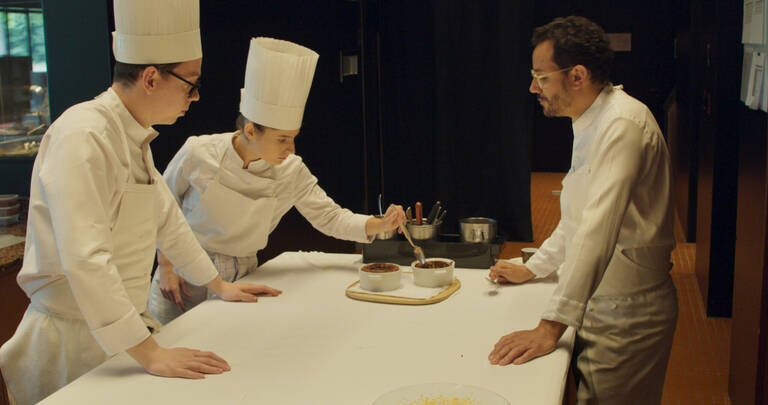
Cast: Caleb Landry Jones, Judy Davis, Anthony LaPaglia, Essie Davis Review by Carol Allen![]()
Their object is however not to try to reproduce that horror – the film does not show the massacre – but to try to understand what leads an individual to carry out such a crime. The perpetrator of that real life crime was one Martin Bryant. The title character in the film is Nitram – Martin spelt backwards and played by Caleb Landry Jones.
We first meet him briefly as a child in hospital after an accident playing with firecrackers (fireworks). He’s an odd child, who grows into an odd and solitary young man. He lives with his parents; his somewhat dour mother (Judy Davis) and ailing father (Anthony LaPaglia). He does however establish a friendship with an equally solitary soul, Helen (Essie Davis), a woman of independent means. When she dies in a car accident for which his foolish behaviour is responsible, she leaves him her house and money, which enable him to indulge his solitary and delusional nature even more and ultimately lead to the tragedy.
Kurzel, who also directed Michael Fassbender as Macbeth and George McKay as Ned Kelly, has assembled a strong cast again. As well as assured performances from American actors Landry Jones and LaPaglia, Australian star Judy Davis is memorable as Nitram’s rigid and uncomprehending mother, while Essie Davis, always a compelling actress, disappears from the story disappointingly early.
Nitram himself though still remains something of an enigma. He is an odd young man, sure. One of the many odd things he does is indulge in a fruit cocktail in an eatery just before he goes off to shoot all those people. But just as Kurzel’s Macbeth and Ned Kelly films didn’t really get to the heart of their name characters, Nitram’s true nature too remains elusive.
However there is one chilling sequence, which alone justifies the making of film. This is the scene, where Nitram goes into a gun store to buy his weaponry. The enthusiastic way in which the salesman promotes his wares, with guidance about the use of the weapons, ammunition and accessories is as matter of fact as if he were selling his customer the latest in computer technology or home cinema. The brisk salesmanship is in its way as disturbing as the use to which these goods are going to be put.
After the real life horror of Port Arthur, Australia made some amendments to its gun laws. Most were never implemented however and an end caption to the film informs us that there are now more weapons in Australia than there were in 1996.


